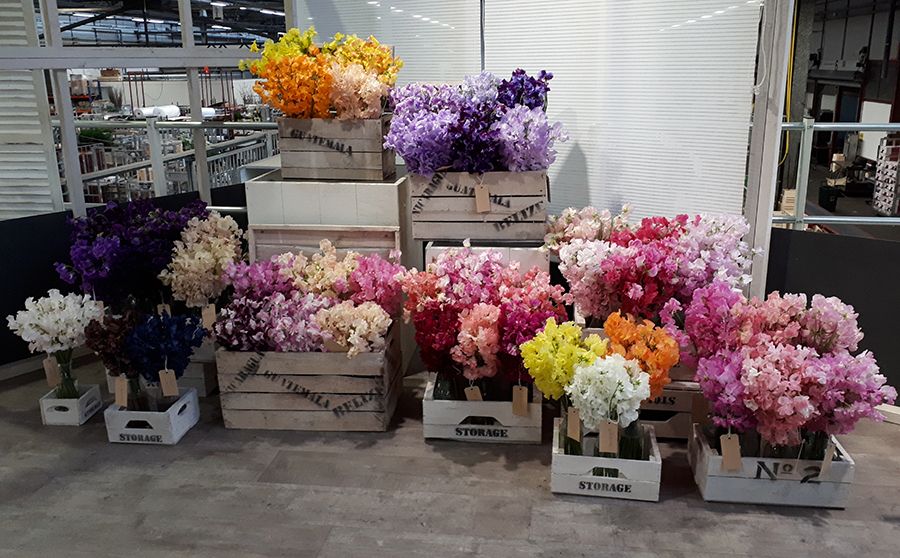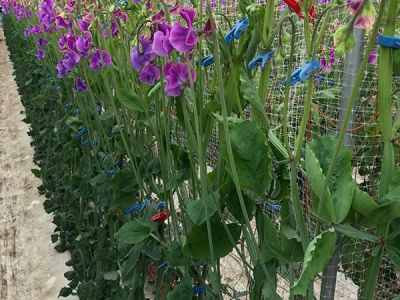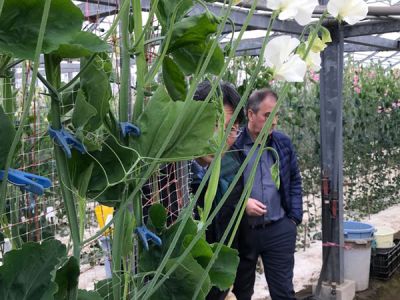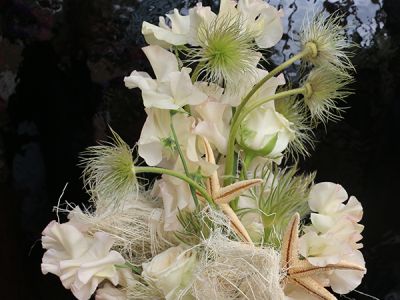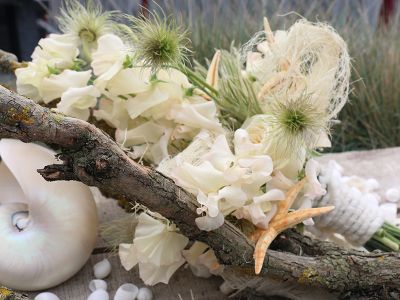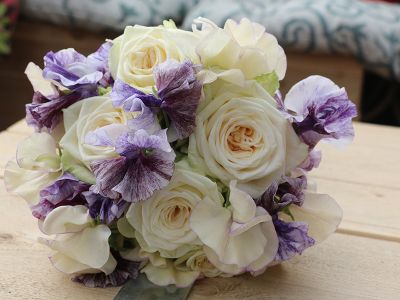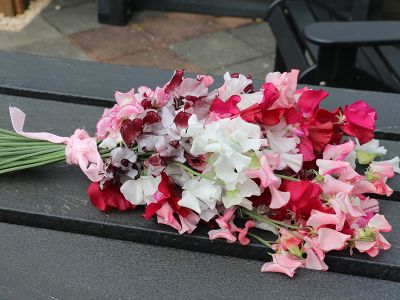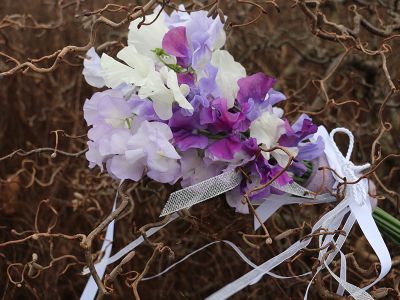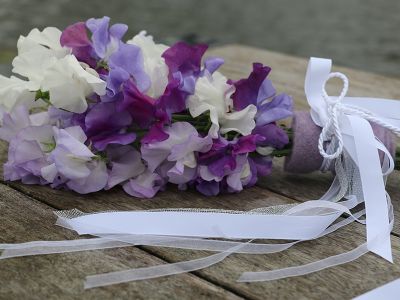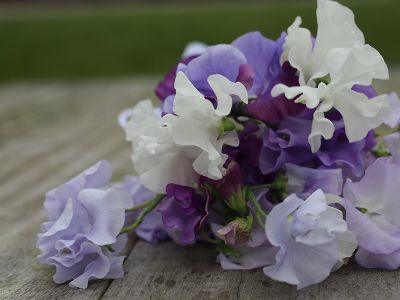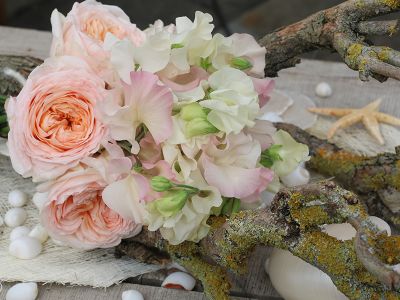Lathyrus Odoratus
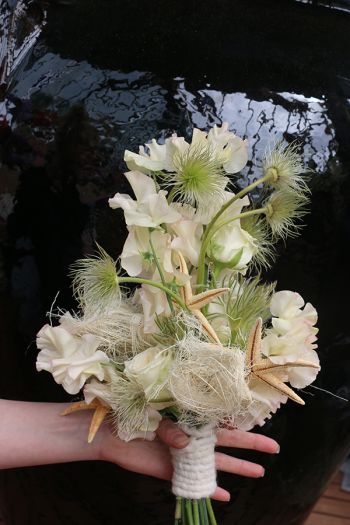
Calendar
Available from December up to April
Length: na
Weight: na
VBN code: na
Barendsen colour number: na
In the spotlights
This week we don’t have a specific breeder in the spotlight, but we would like to tell you something about the beautiful Lathyrus grown in Japan.
In Japan the breeders cooperate a lot. Their products are collected at a central point, where they’re bunched and packed before being shipped to the auction.
Japanese treat the flowers with a lot of respect. What stands out on the nurseries we visited is the hygiene, quiet and especially the beautiful pure crops. Crop treatment is extremely important for the Japanese. Not only in the Lathyrus breeding, but for all the growing processes such as tomatoes or Lysianthus. Each crop is taken care of to perfection. Each side shoot is cut off, each stem is bound straight. All the energy is focused on the main flower, for optimal quality.
In Japan, the production starts in December.
The nights are cold and during the day there is plenty of sunshine. As a result, the crop grows much slower than for example in the Netherlands, where the production starts further in the season and the days and nights are a lot warmer.
The advantage of this slow growth is that the quality is very good, and the leafs in the crop are very nice, hard and solid.
The length of the stems can range from 50 up to 90 cm, which is much longer than the average cut Lathyrus. This is a result of removing all those small shoots. In addition, the vase life of this Lathyrus is incredibly long. With the right care this flower has a vase life of more than two weeks.
In addition to the sustainability, the Japanese Lathyrus has a beautiful range of lovely pastel colours and the flowers have a very nice fragrance.
The Lathyrus stands for gentleness. The flower is extremely suitable to use in bridal bouquets, but can also be used on official occasions, where one is seduced by its beauty and delicious fragrance.
About time to get to know the Japanese Lathyrus!
Origin
Lathyrus Odoratus is part of the Butterfly Flower Family, which has been found in Europe, Asia, North and South America.
The Lathyrus, also called ‘sweetpea’, has a gentle flower in beautiful pastel shades or mixed colours.
Its name derives from the Greek lathyros, a pea crop that in the past was mainly eaten by the poor. Odoratus means ‘sweet smelling’ and that’s certainly applicable to this lovely flower.
The Lathyrus was highly appreciated in all the royal houses around the world in the previous century. This because of the wonderful smell that spread throughout the palaces.
There’s a kinship between the Lathyrus nuts and the peas and beans we know as food. The growth pattern is also very similar. The Lathyrus nuts however, are definitely not edible! They are in fact poisonous.
There are a large number of different varieties of Lathyrus around the world. Many very special varietes are now being grown in Japan. We have recently visited several of these Japanese growers. If you would like to learn more about our visit, please let us know. We will gladly share our knowledge..
If you would like to read more about the Lathyrus, we would like to bring the following website to your attention: http://www.sweetpeas.org.uk.
Care
Use a clean vase and fill it with a small layer of water, about 3 cm. Add the right concentration of flower food to the water. This ensures that the water stays clean and that you can enjoy your Lathyrus for a longer time.
Cut the stems with a clean, sharp knife before you put the flowers in the water.
Although the flowers will give off a stronger fragrance when placed in the sun, it’s better for the shelf-live when they are put in a cooler spot.
Refresh the water regularly.







